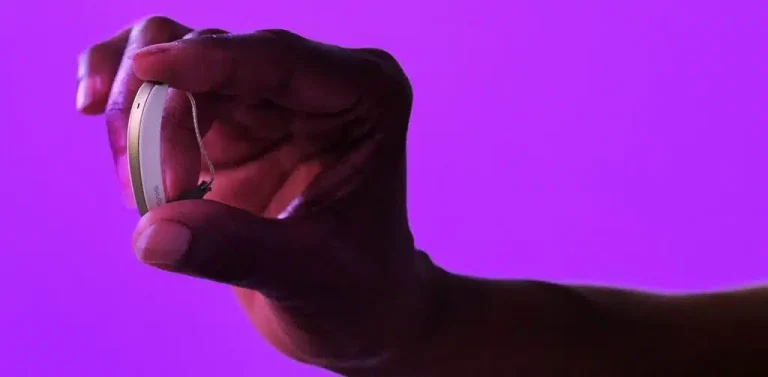Interest in plastic surgery is at an all-time high. However, the industry is surrounded by misinformation and stigma. Understanding the different procedures, such as laser resurfacing, can help in demystifying the sector. Laser resurfacing is a cosmetic procedure that gives the patient a younger and healthier look by getting rid of scars, wrinkles, or other blemishes. The procedure is mostly done on the face for most patients. Dr. Talal Munasifi uses laser energy to remove layers of the damaged skin and expose new cells giving a better appearance.
Benefits of laser resurfacing
- Quick and Easy
One of the main advantages of laser skin resurfacing is the fact that the procedure is fast and straightforward. If you have a busy schedule, you can find forty-five minutes in your schedule to squeeze in the unobtrusive procedure. It is an outpatient procedure allowing you to go back to your day to day activities.
- Incredible skin
Unlike other facial treatments such as the use of face creams, the procedure will permanently alter the look of your skin. Instead of covering up blemishes on your skin, it removes the outer layer of the skin leaving new youthful skin that lacks any scaring and has not been damaged by the sun.
- Permanent results
The permanent results of laser resurfacing are the most significant benefit. Your new youthful skin will not fade away overnight, like many other treatments. The scars and blemishes on your old skin will not return. However, it is worth mentioning that the new skin will age naturally. It is, therefore, essential to take good care of your new skin to maintain its youthful look longer. This can be achieved bu applying sunscreen regularly.
Possible risks
- Infection
The laser perforates the skin allowing for potential infection. Bacteria, viruses, and fungi can infect the skin. It is sometimes advisable to take antibiotics before the procedure. If an infection is suspected, a microbiologic culture test should be carried out before determining the best treatment option.
- Change in skin color
The treated skin can become darker, hyper pigmentation, or lighter, hypo pigmentation, than it used to be before the treatment. The difference in skin color is frequent among people with darker skin tones.

- Swelling and redness
Swelling is common after the procedure; however, cold compresses will ease the swelling. The treated area will feel like a sunburn, and the feeling will last 2 to 3 days post-treatment.
- Discomfort
The procedure is not painful, but one can experience some discomfort for the next two days, but it does subside with time. Patients are advised to take a pain reliever if there is a need.
Your plastic surgeon will give you directions on how to take care of the treated skin. The patient is directed to clean the area at least two times a day using saline or diluted vinegar. They will also advise against rubbing the skin. Until the skin is completely healed, stay away from products such as a sunscreen that can irritate the skin. Laser resurfacing might be the answer to a youthful look.
















